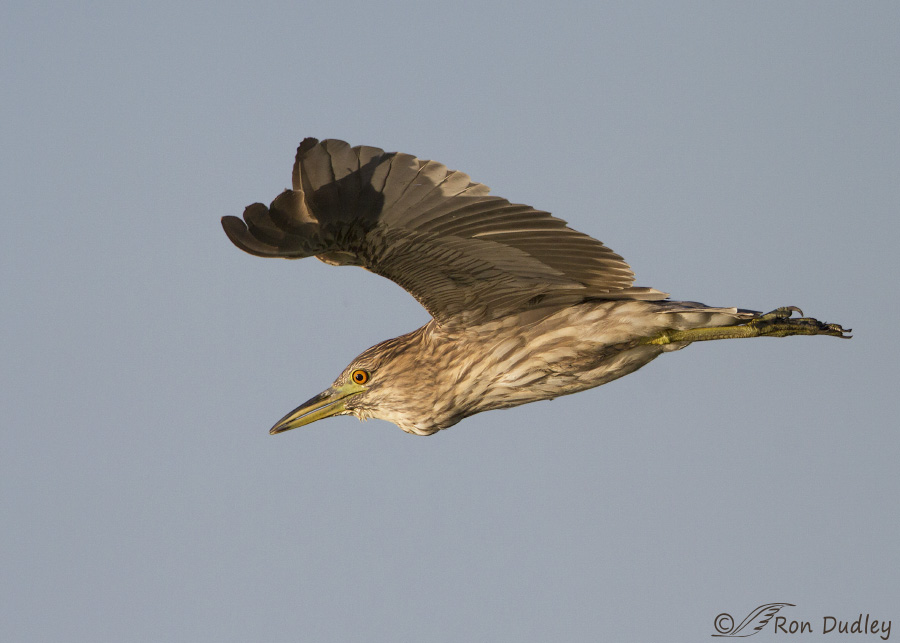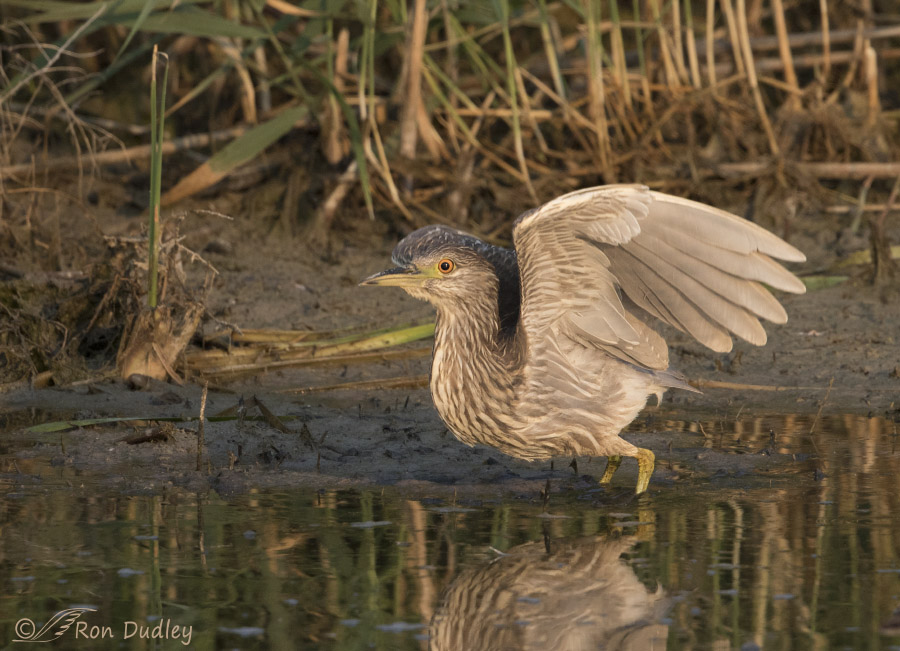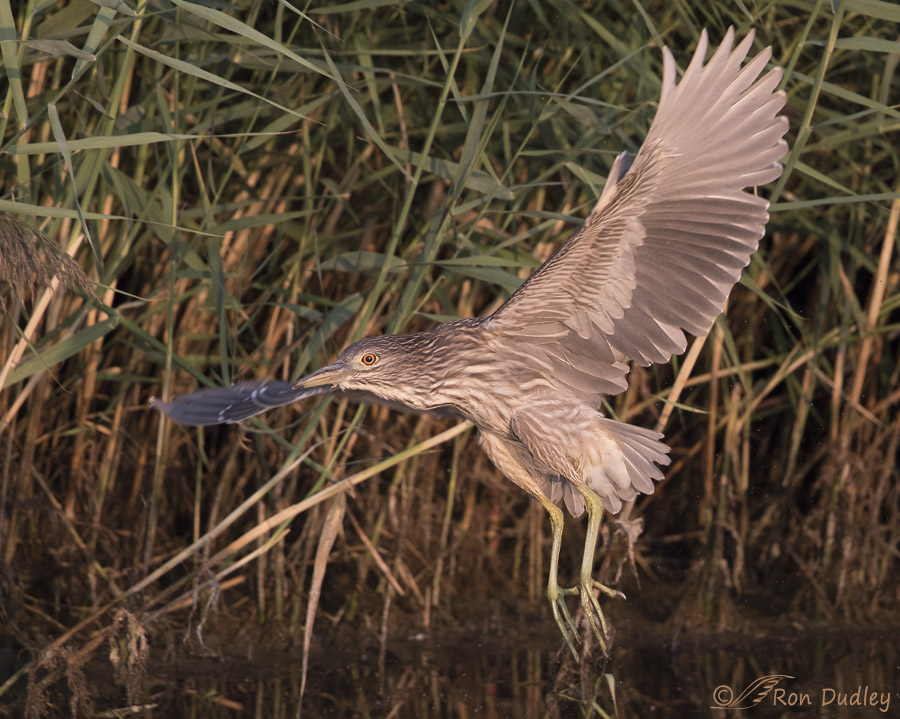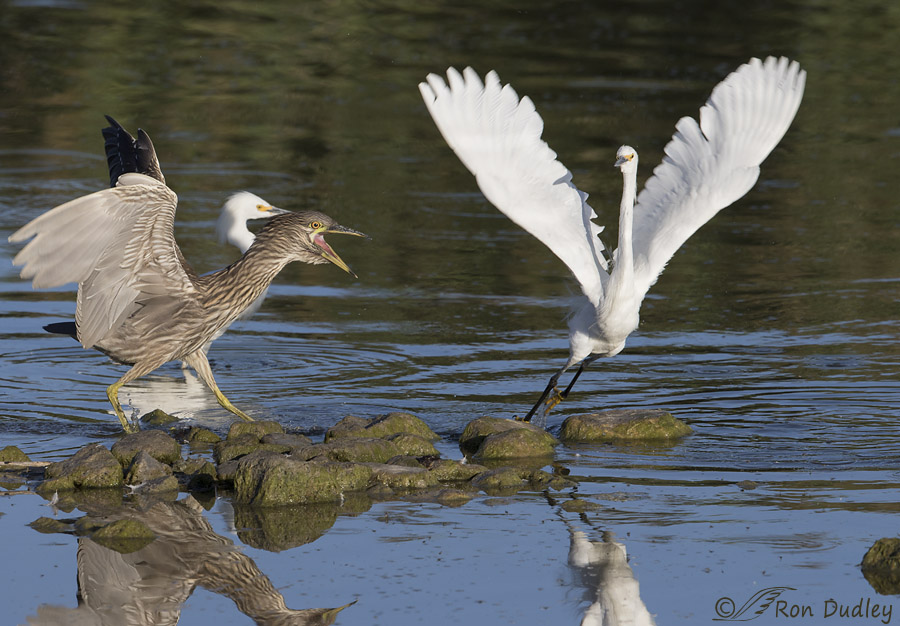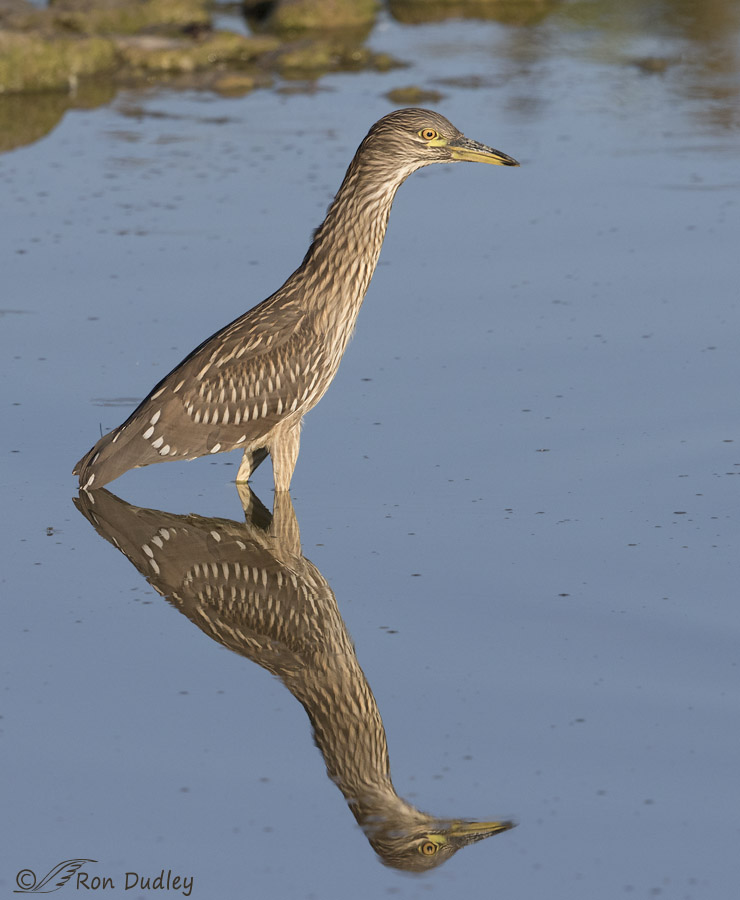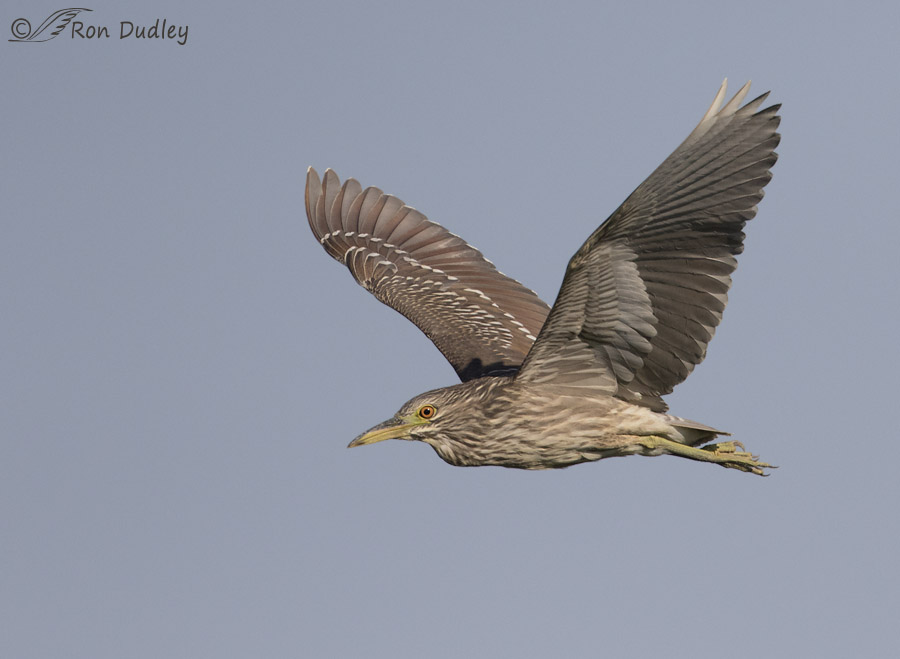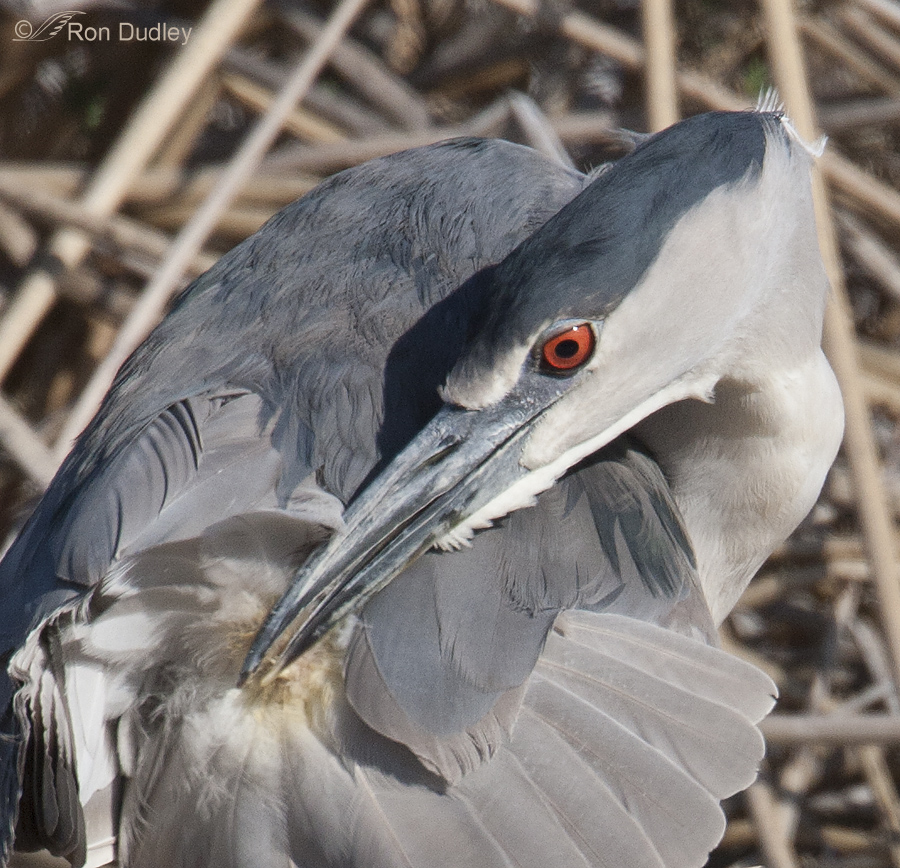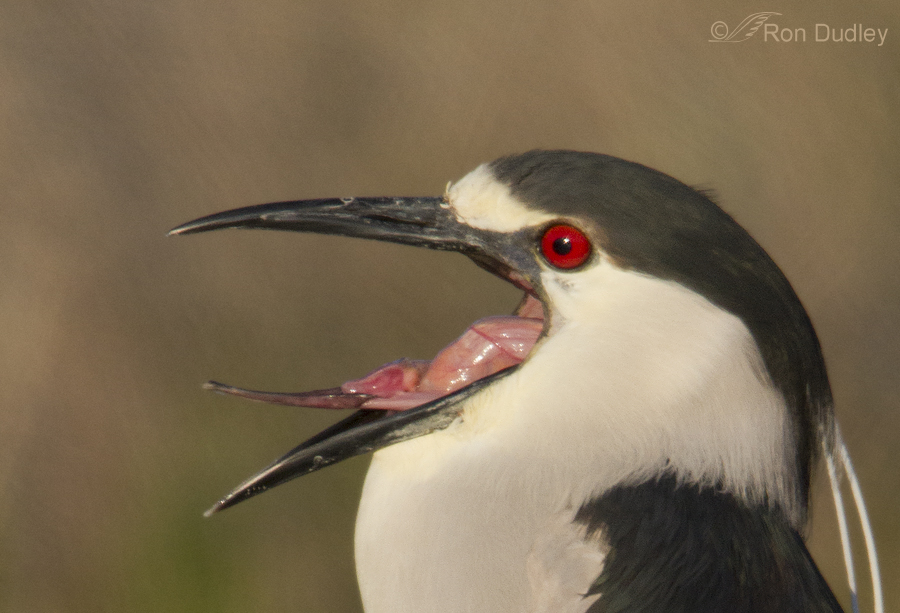Category: Black-crowned Night Herons
2 Black-crowned Night Herons (and the volatility of shutter speed)
Black-crowned Night Herons Lifting Off In Warm Light Caused By Smoke
Black-crowned Night Heron With A Chip On Its Shoulder
Reflections – They’re Not Quite What They Appear To Be
Juvenile Black-crowned Night Heron In Flight
Preening And The Uropygial (preen) Gland
Black-crowned Night Heron Tongue
Birds Dealing With Snow And Cold
Birds use a variety of tactics to deal with the harsh conditions presented by an unusually cold and snowy winter. Some are more effective than others. I thought it might be interesting to see a few of them that I’ve been able to photograph in the last several weeks. My usual disclaimer for posts relating to behaviors; many of these images are technically lacking but I think they do illustrate some of the conditions these birds are having to cope with. 1/2500, f/6.3, ISO 640, 500 f/4, 1.4 tc, natural light After a fresh snow, the food source for many small birds is largely hidden and unavailable without some extraordinary measures. This juvenile White-crowned Sparrow, and others in the flock, were flitting from one snow-covered perch to another in an obvious attempt at knocking the snow off so they could get to the seeds underneath. Here you can see the snow falling away and immediately afterward the sparrow fed on the uncovered seeds. 1/2500, f/7.1, ISO 500, 500 f/4, 1.4 tc, natural light, not baited, set up or called in When it gets very cold most water sources freeze up completely which makes fish largely inacessable to Bald Eagles so many of them turn to scavenging as their primary food source. But this species adapted very well to scavenging eons ago which is one of the reasons Ben Franklin looked in disfavor at the proposal to make the Bald Eagle our national bird. 1/1000, f/5.6, ISO 640, 500 f/4, 1.4 tc, natural light, not baited, set up or…
Black-crowned Night Heron On Ice
Black-crowned Night Herons are the most widespread heron in the world, breeding on all continents except Antarctica and Australia. They’re relatively common in northern Utah, although it’s somewhat unusual for me to see them around here during winter. 1/1600, f/8, ISO 500, 500 f/4, 1.4 tc, natural light So two days ago I was surprised to find this juvenile still lurking around the wetlands of the Great Salt Lake. We’re in the middle of an inversion which means it’s very cold (I was shooting in temps of -10 degrees F yesterday morning) so most still water is frozen solid. This bird was standing on ice with a thin layer of snow on top. 1/1600, f/8, ISO 500, 500 f/4, 1.4 tc, natural light Juveniles look very different from adults. Instead of the basic black, white and gray colors of the adults these young birds are brown-streaked ventrally… 1/1250, f/8, ISO 500, 500 f/4, 1.4 tc, natural light and mostly solid brown dorsally. This orange-chrome eye color will turn bright red in the adult. 1/1000, f/8, ISO 500, 500 f/4, 1.4 tc, natural light I didn’t realize it at first but this bird was in hunting mode. There’s a patch of open water just out of frame in front of the heron and the bird is watching it for fish activity. One time it made an incredibly fast move for a fish from this position but it missed. The heron didn’t stand any closer to the open water because the ice is…
2 Black-crowned Night Herons (and the volatility of shutter speed)
Black-crowned Night Herons Lifting Off In Warm Light Caused By Smoke
Black-crowned Night Heron With A Chip On Its Shoulder
Reflections – They’re Not Quite What They Appear To Be
Juvenile Black-crowned Night Heron In Flight
Preening And The Uropygial (preen) Gland
Black-crowned Night Heron Tongue
Birds Dealing With Snow And Cold
Birds use a variety of tactics to deal with the harsh conditions presented by an unusually cold and snowy winter. Some are more effective than others. I thought it might be interesting to see a few of them that I’ve been able to photograph in the last several weeks. My usual disclaimer for posts relating to behaviors; many of these images are technically lacking but I think they do illustrate some of the conditions these birds are having to cope with. 1/2500, f/6.3, ISO 640, 500 f/4, 1.4 tc, natural light After a fresh snow, the food source for many small birds is largely hidden and unavailable without some extraordinary measures. This juvenile White-crowned Sparrow, and others in the flock, were flitting from one snow-covered perch to another in an obvious attempt at knocking the snow off so they could get to the seeds underneath. Here you can see the snow falling away and immediately afterward the sparrow fed on the uncovered seeds. 1/2500, f/7.1, ISO 500, 500 f/4, 1.4 tc, natural light, not baited, set up or called in When it gets very cold most water sources freeze up completely which makes fish largely inacessable to Bald Eagles so many of them turn to scavenging as their primary food source. But this species adapted very well to scavenging eons ago which is one of the reasons Ben Franklin looked in disfavor at the proposal to make the Bald Eagle our national bird. 1/1000, f/5.6, ISO 640, 500 f/4, 1.4 tc, natural light, not baited, set up or…
Black-crowned Night Heron On Ice
Black-crowned Night Herons are the most widespread heron in the world, breeding on all continents except Antarctica and Australia. They’re relatively common in northern Utah, although it’s somewhat unusual for me to see them around here during winter. 1/1600, f/8, ISO 500, 500 f/4, 1.4 tc, natural light So two days ago I was surprised to find this juvenile still lurking around the wetlands of the Great Salt Lake. We’re in the middle of an inversion which means it’s very cold (I was shooting in temps of -10 degrees F yesterday morning) so most still water is frozen solid. This bird was standing on ice with a thin layer of snow on top. 1/1600, f/8, ISO 500, 500 f/4, 1.4 tc, natural light Juveniles look very different from adults. Instead of the basic black, white and gray colors of the adults these young birds are brown-streaked ventrally… 1/1250, f/8, ISO 500, 500 f/4, 1.4 tc, natural light and mostly solid brown dorsally. This orange-chrome eye color will turn bright red in the adult. 1/1000, f/8, ISO 500, 500 f/4, 1.4 tc, natural light I didn’t realize it at first but this bird was in hunting mode. There’s a patch of open water just out of frame in front of the heron and the bird is watching it for fish activity. One time it made an incredibly fast move for a fish from this position but it missed. The heron didn’t stand any closer to the open water because the ice is…


